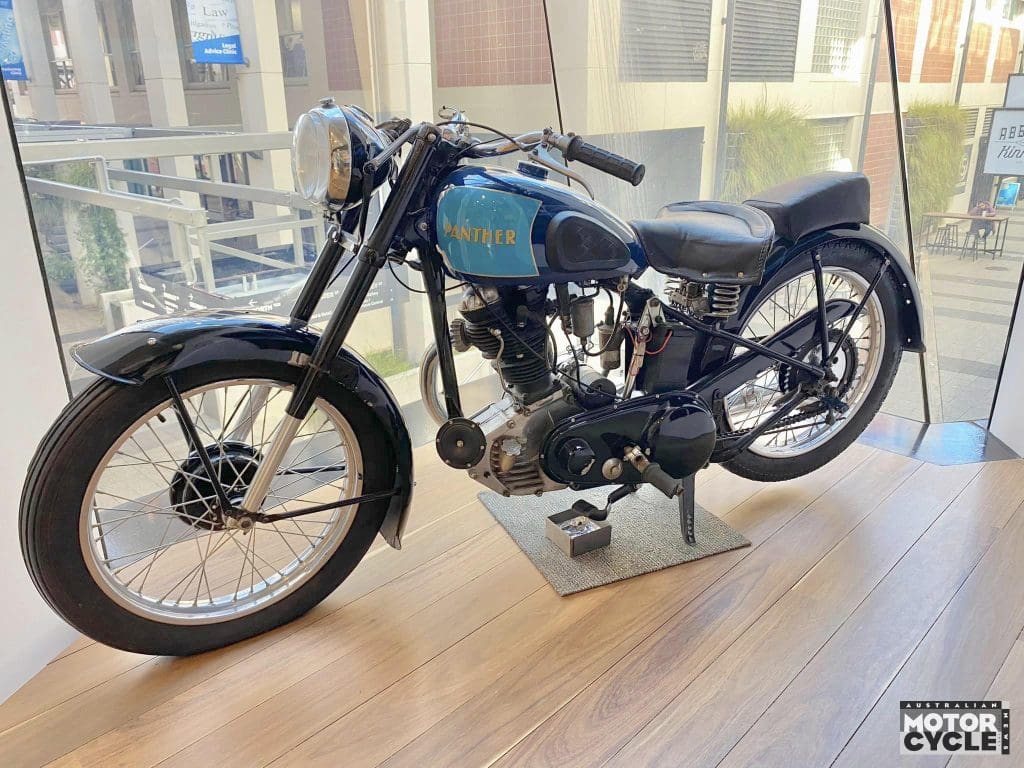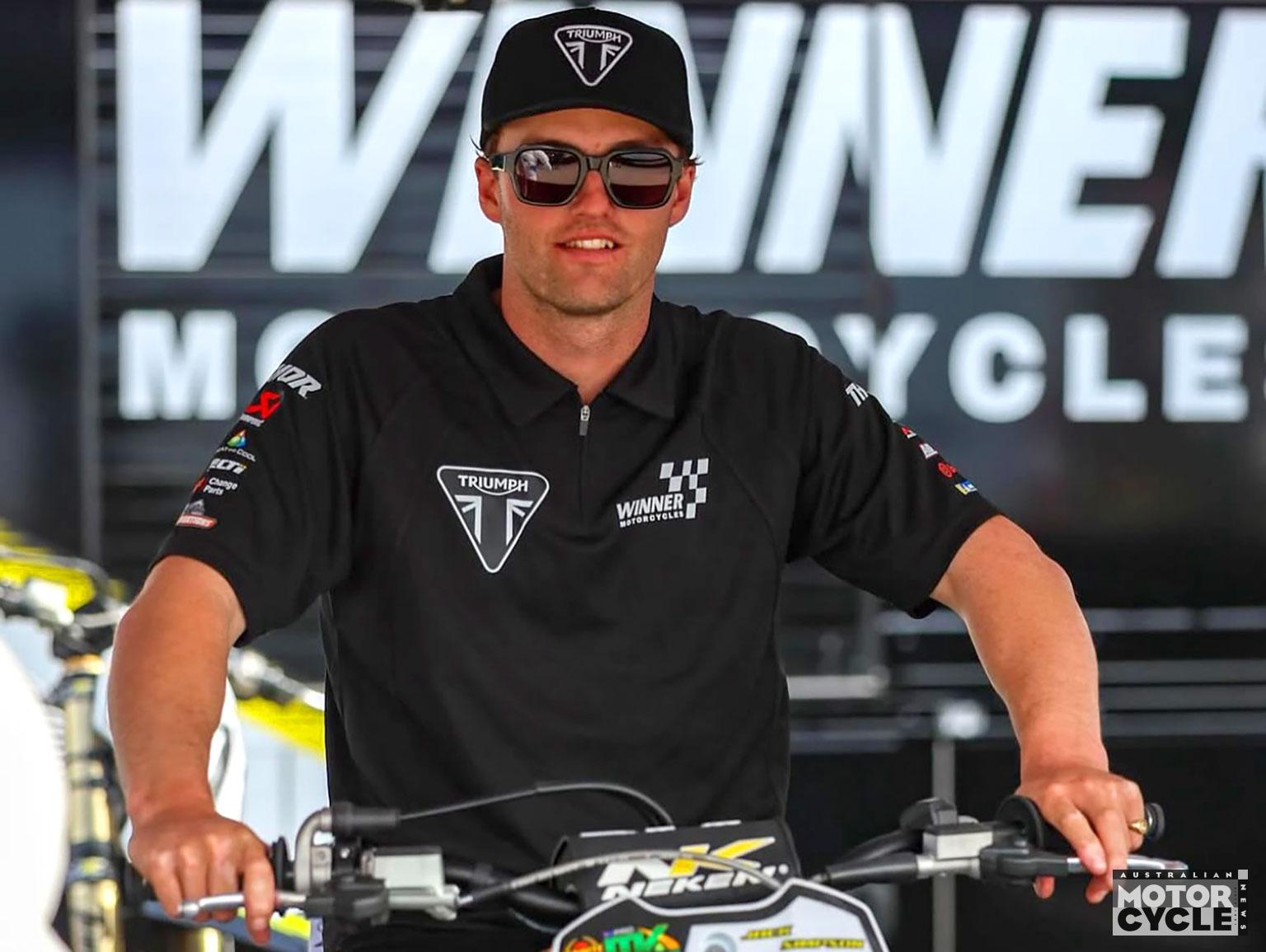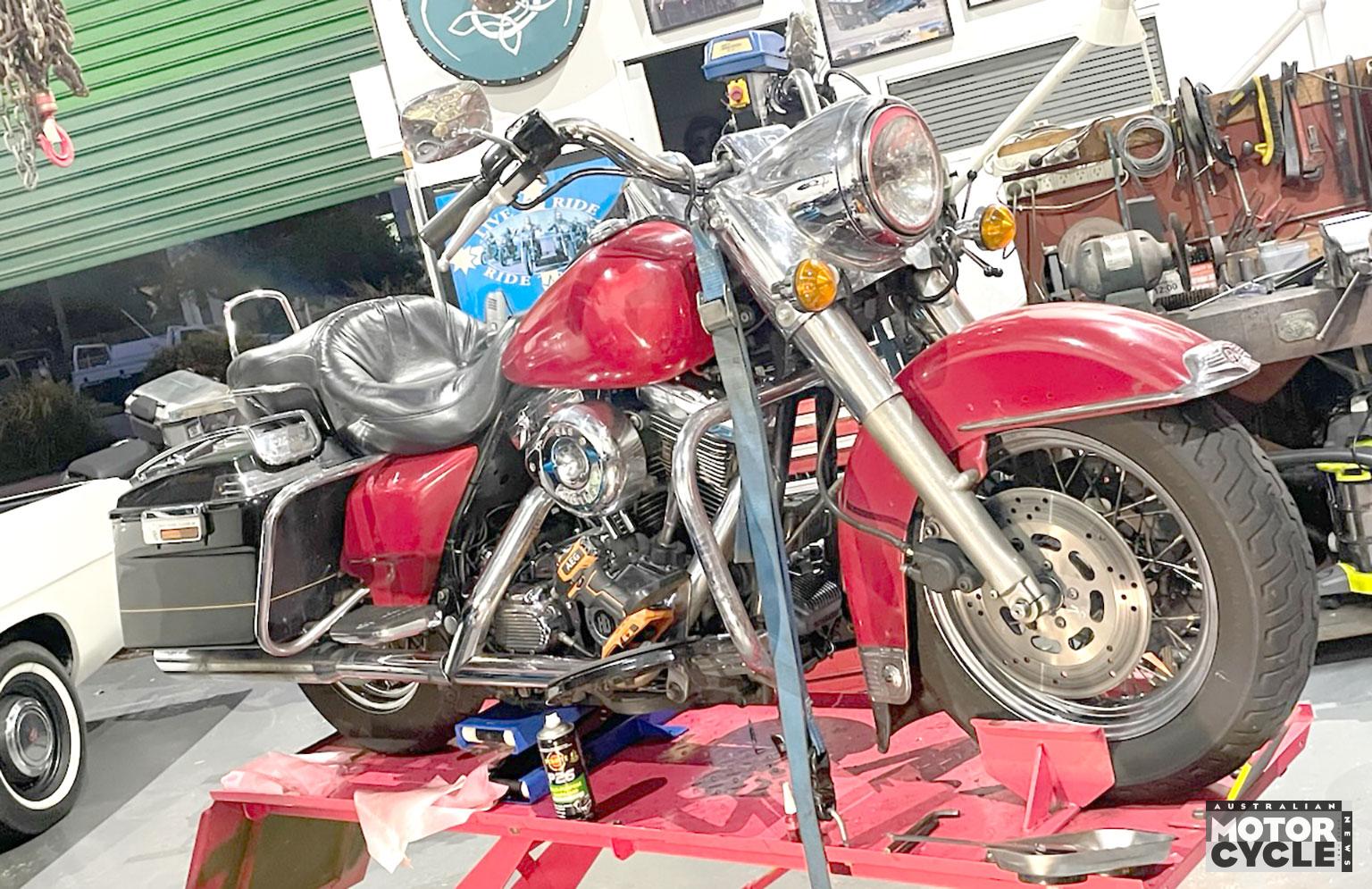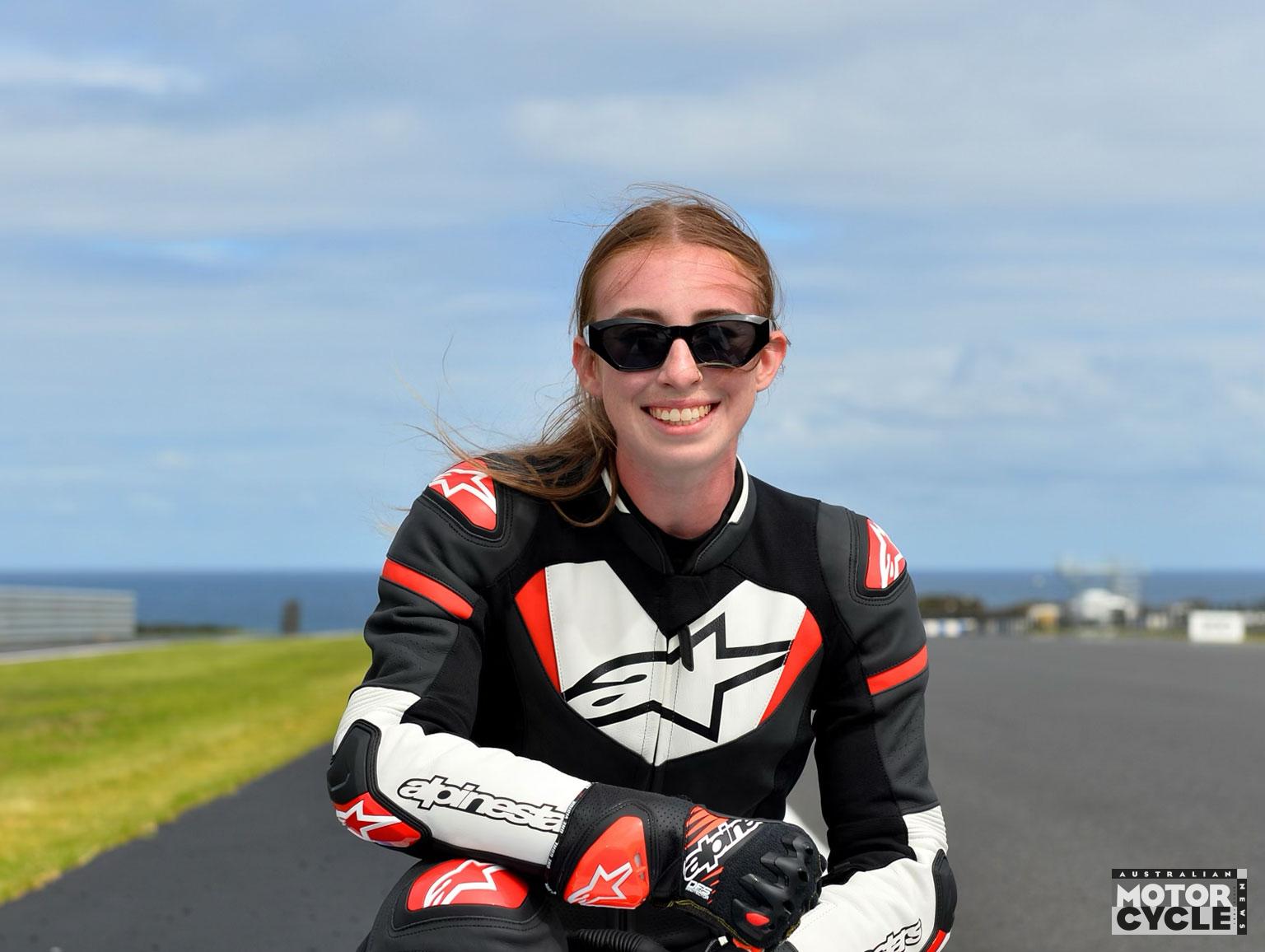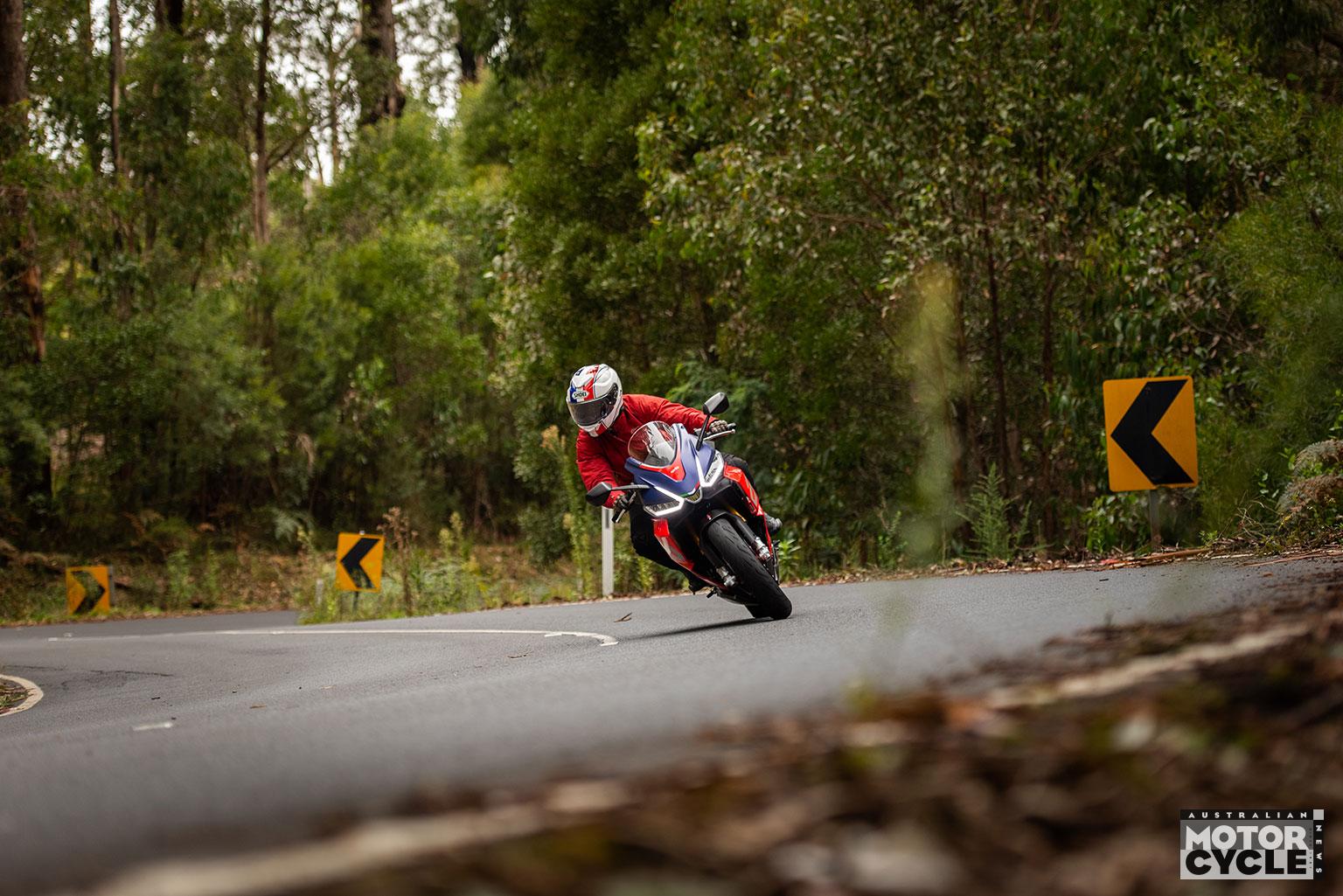A couple of Bobs had a couple of crashes that helped shape political and music history.
BOB HAWKE
Born in 1924, Neil Hawke was the first-born son of Ellie, a teacher, and Clem Hawke, a Congregational minister. When Ellie fell pregnant five years later, she wanted a girl and set aside the name ‘Elizabeth’. Ellie nevertheless suspected it was going to be another boy, and Robert James Lee Hawke was born in December 1929 in Border Town, South Australia.
Young Bob was brought up to the echo of ‘you were meant to be a girl’ from his loving mother, and thus formed a very close relationship with his father. Annoyed rather than hurt by his mother’s utterances, Bob dedicated himself to becoming a man to reinforce his gender to not just his mother but the world. Then tragedy struck.
Neil, who was Dux at Kings College and had just landed a job in Western Australia’s Treasury, was felled by meningitis aged 17 years. Devastated, Ellie devoted herself to her one remaining son, telling everyone and anyone that Bob would become Australia’s prime minister one day.
Despite his brilliance, Bob did not excel at school, instead dedicating himself to cricket with the dream of playing for Australia. At university in Perth, Bob was hardly setting the world on fire academically. When he asked for money to buy a motorcycle, his parents resisted. They eventually acquiesced and bought Bob a single-cylinder Panther 350. He was noted for darting around hunched forward, never looking left or right, just staring straight ahead.

On 1 August, 1947, Hawke was studying in the university’s law library when he began to feel unwell.
“After taking a couple of aspirins, I waited briefly then set off for home,” Hawke said years later. “Inside my windcheater I was carrying a heavy stand for the bike. I don’t know whether I actually blacked out as I was riding, but I have vague memory of careering off the road. I was in excruciating pain and barely able to move.”
Hawke was critically ill for several days, doctors believing the bike’s stand had ruptured his spleen. Close mate Jack Knight visited ashen-faced Bob and feared the worst. His parents prayed. The doctors successfully removed his spleen, leaving a large L-shaped wound.
Bob wasn’t religious, but remarked, “I was acutely aware of how close to death I had been, and I got this sense that the lord had spared my life. I can’t overstate how important that accident was. It was the total turning point of my life.”
The self-confessed hedonist, who had struggled to focus for much of his life, dedicated himself to his studies becoming a Rhodes scholar at Oxford.
Hawke later became a powerful leader of the ACTU, earning the respect of Australians across the political divide. He parlayed his popularity into winning a seat in the House of Representatives at the 1980 Federal Election. In March 1983, Hawke led the Labor party to electoral victory, becoming the ALP’s longest-serving Prime Minister. In 1984, Hawke achieved the highest-ever satisfaction rating of any Australian Prime Minister (75 percent). All thanks to surviving a terrible motorcycle crash.
BOB DYLAN
Another Bob, Dylan, had a career-changing motorcycle crash that remains shrouded in mystery with suggestions that it was a ruse for Dylan to take leave of public life. In 2016, Classic Rock & Culture claimed: “Dylan’s motorcycle accident was a mid-60s turning point, a historic moment as significant as the Beatles’ decision to stop touring.”
The year is 1966 and Dylan is living in Woodstock, New York. He had just released Blonde on Blonde, featuring the much-covered Just Like a Woman. For two years, Dylan had been hounded for going electric at the 1964 Newport Folk Festival. His life at Woodstock had become a “nightmare” with fans at his door and goons breaking in.
“Everything was wrong, the world was absurd,” Dylan said later.
On a sunny Friday morning on 29 July, 1966, Dylan fell from his 1964 Triumph T100, possibly near the home of his manager. He was driven an hour to the home of a doctor he knew, Ed Thaler. Thaler’s wife Selma said Dylan was “very upset” and said he didn’t want to go to hospital. They offered to take Dylan in.
He stayed with the Thalers for a month, visited only by friends, including Robbie Robertson who said Dylan got around in a neck brace. Selma Thaler said Dylan was sweet and quiet but she couldn’t recall him showing any visible signs
of injury.

Dylan’s upcoming tour and a TV special were cancelled. Although he recorded what would later become The Basement Tapes with Robertson’s group The Band a year after the crash, he didn’t tour again until 1974.
There was no police report of the incident and for 60 years journalists and Dylanologists have worked feverishly to uncover what actually happened… the sun got in his eyes, the bike slipped on oil, he was flung to the road, or the bike simply fell over while Dylan was sitting on it.
Rumours spread that he was gravely injured, disfigured or blind. Over the years Dylan has said he had fractured a vertebra and was also concussed.
Dylan, who once said he ran away to join the circus, and spoke in disjointed riddles and mumbled contradictions, was expected to reveal the full story in his long-awaited 2004 memoir Chronicles.
“I had been in a motorcycle accident and I’d been hurt, but I recovered,” he wrote. “Truth was that I wanted to get out of the rat race.”
Dylan later said his secluded recuperation marked the end of a busy and unsustainable period of his life, leading to an extended period of normality with his wife Sarah and young family.
Tired of playing to screaming fans, The Beatles played their last-ever concert exactly one month after Dylan’s crash.
